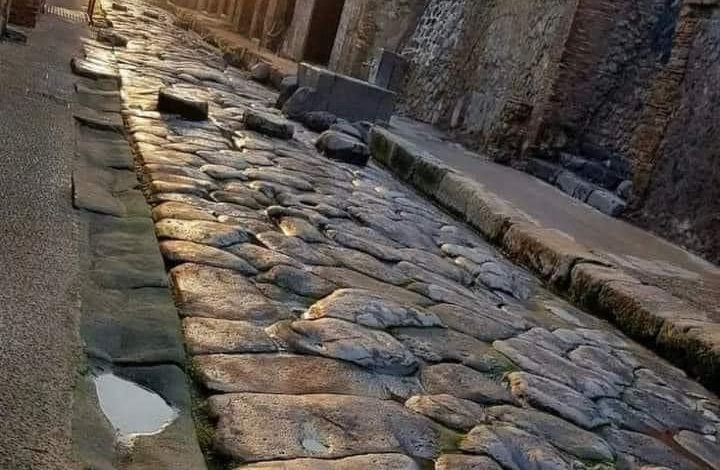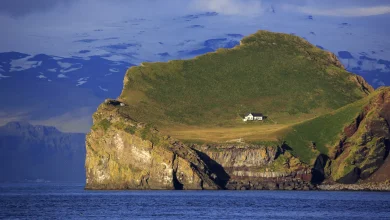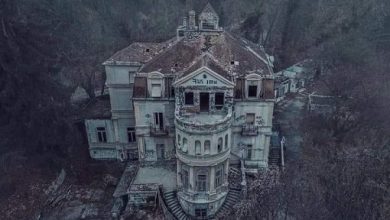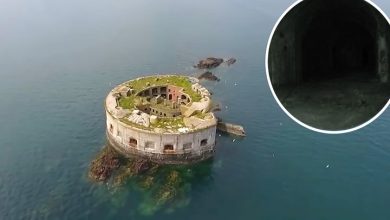The Lost City of Pompeii

Nearly 2,000 years ago, Pompeii was a bustling city located in what is now southern Italy. But in the summer of A.D. 79, the nearby Mount Vesuvius volcano erupted. It spewed smoke and toxic gas 20 miles into the air, which soon spread to the town. Almost overnight, Pompeii—and many of its 10,000 residents—vanished under a blanket of ash.Pompeii was basically lost and forgotten until it was rediscovered in 1748. Thanks to excavations, which are still going on today, scientists have been able to figure out almost exactly what happened on that terrible day.
After the volcano first erupted shortly after noon, the thick ash turned everything black—people couldn’t even see the sun. Some residents escaped the city, while others took shelter in their homes. But the ash kept falling. Piles grew as deep as nine feet in some places, blocking doorways and caving in roofs.
Around midnight, the first of four searing-hot clouds of ash, rock, and toxic gas (also called surges) rushed down the volcano. Traveling toward Pompeii at about 180 miles an hour, the surge scorched everything in its path. Around 7 a.m., nearly 19 hours after the initial eruption, the city was completely covered in a deadly mix of ash and rock.
LOST AND FOUND
Visiting the ruins of Pompeii is like going back in time. The layers of ash actually helped preserve buildings, artwork, and even the forms of bodies as they decomposed and left holes in the ash. All that allowed experts to fill in the details that might not have survived at many other Roman sites.Based on what they uncovered, scientists believe that Pompeii was a prosperous town popular with wealthy vacationing Romans. Well-paved streets had high sidewalks and stepping-stones to keep pedestrians out of the mud. To relax, people soaked in public baths, watched gladiators or chariot races at an amphitheater, and enjoyed plays in two theaters.
LOUIS S. GLANZMAN, NATIONAL GEOGRAPHIC CREATIVE.




